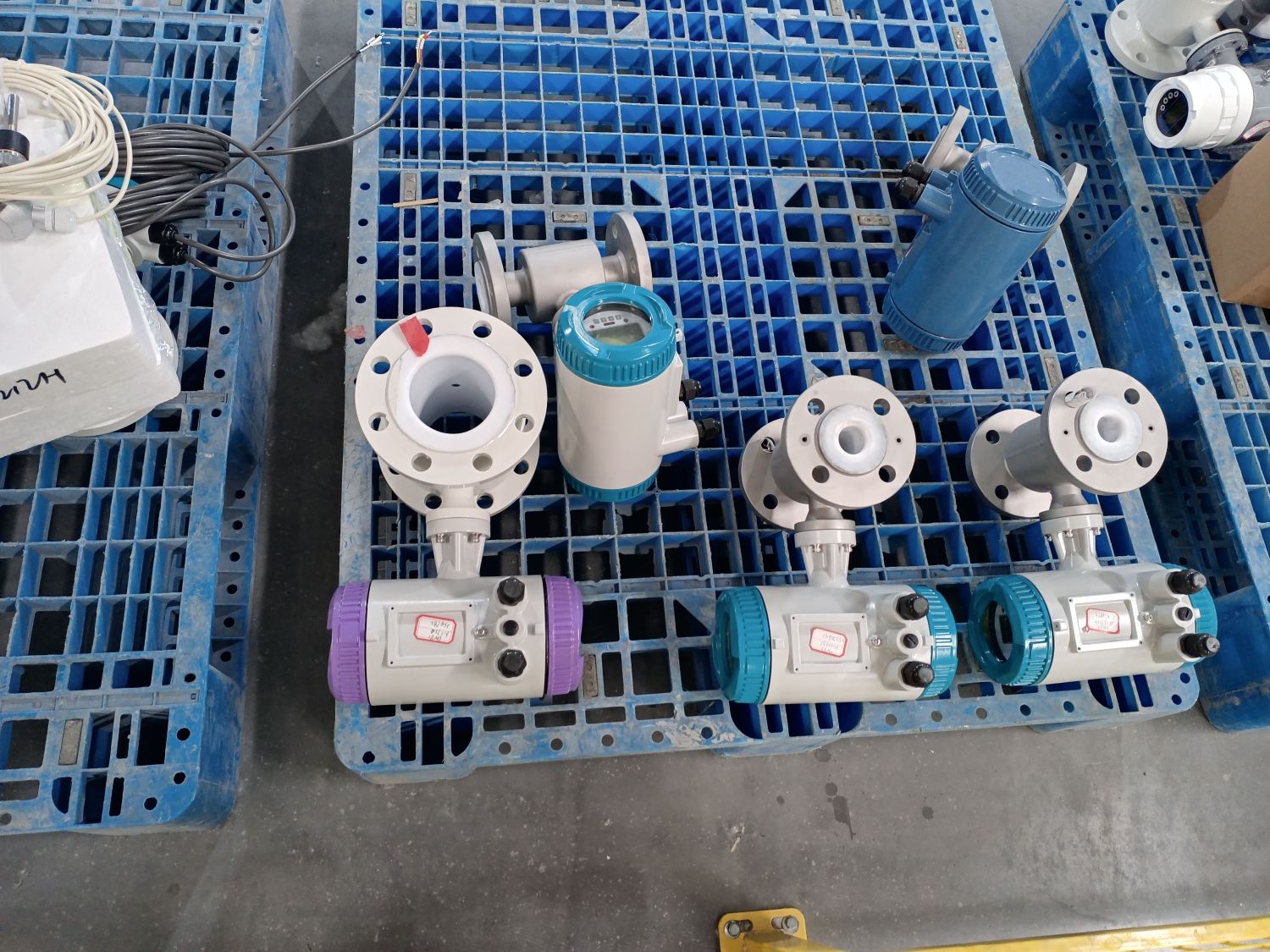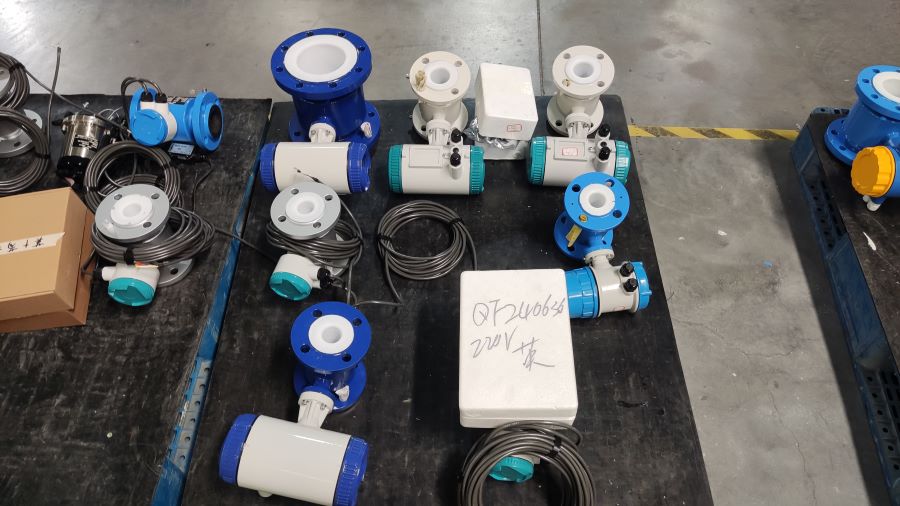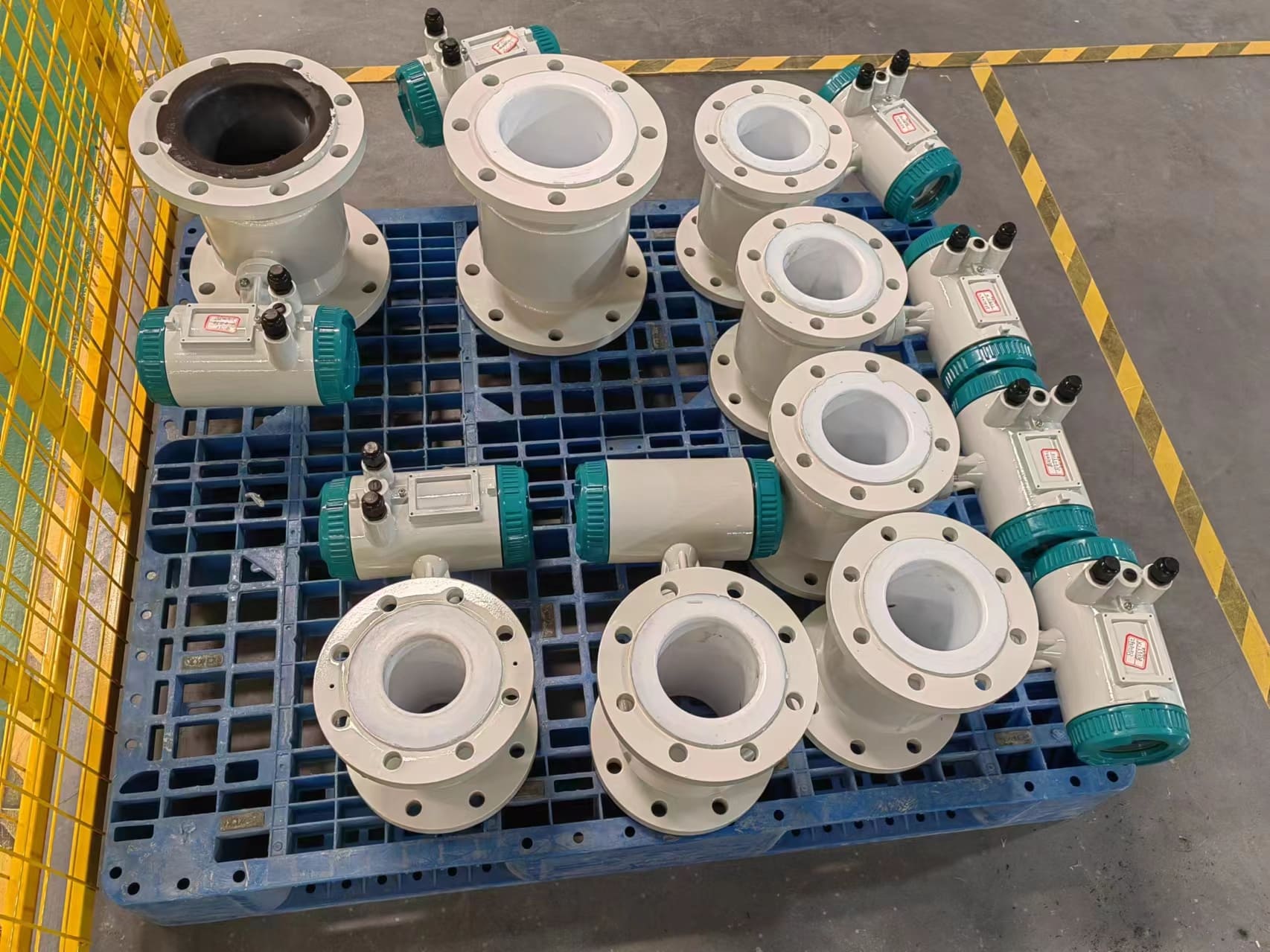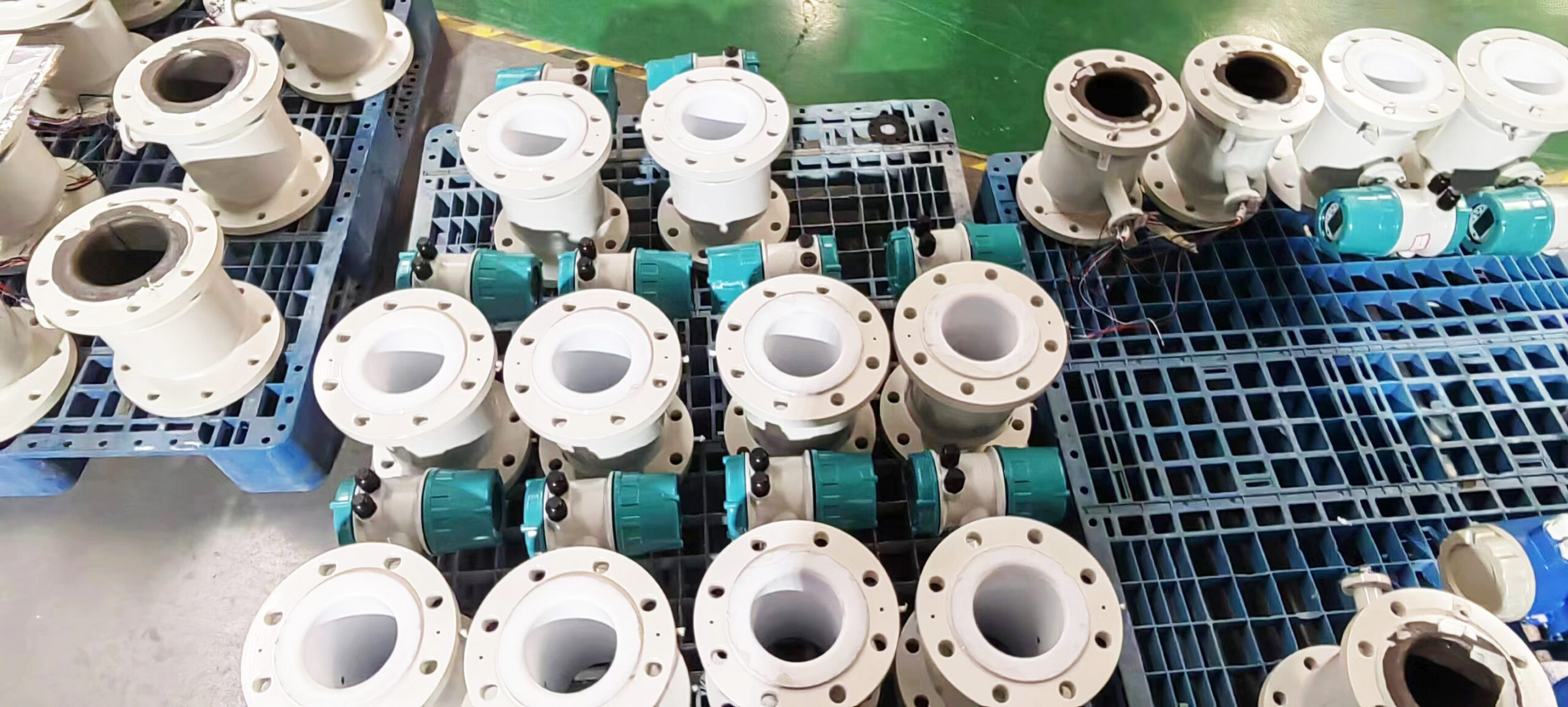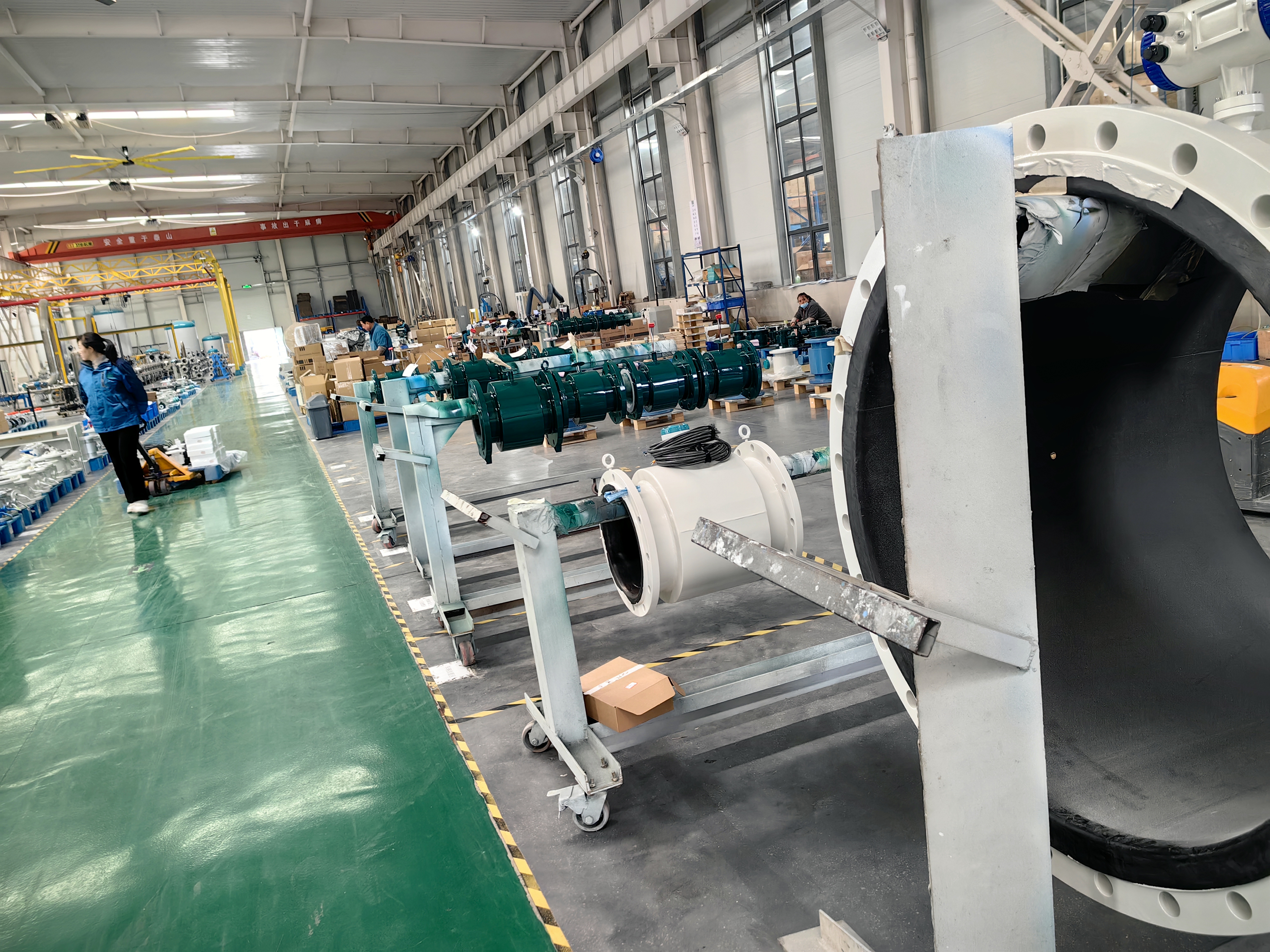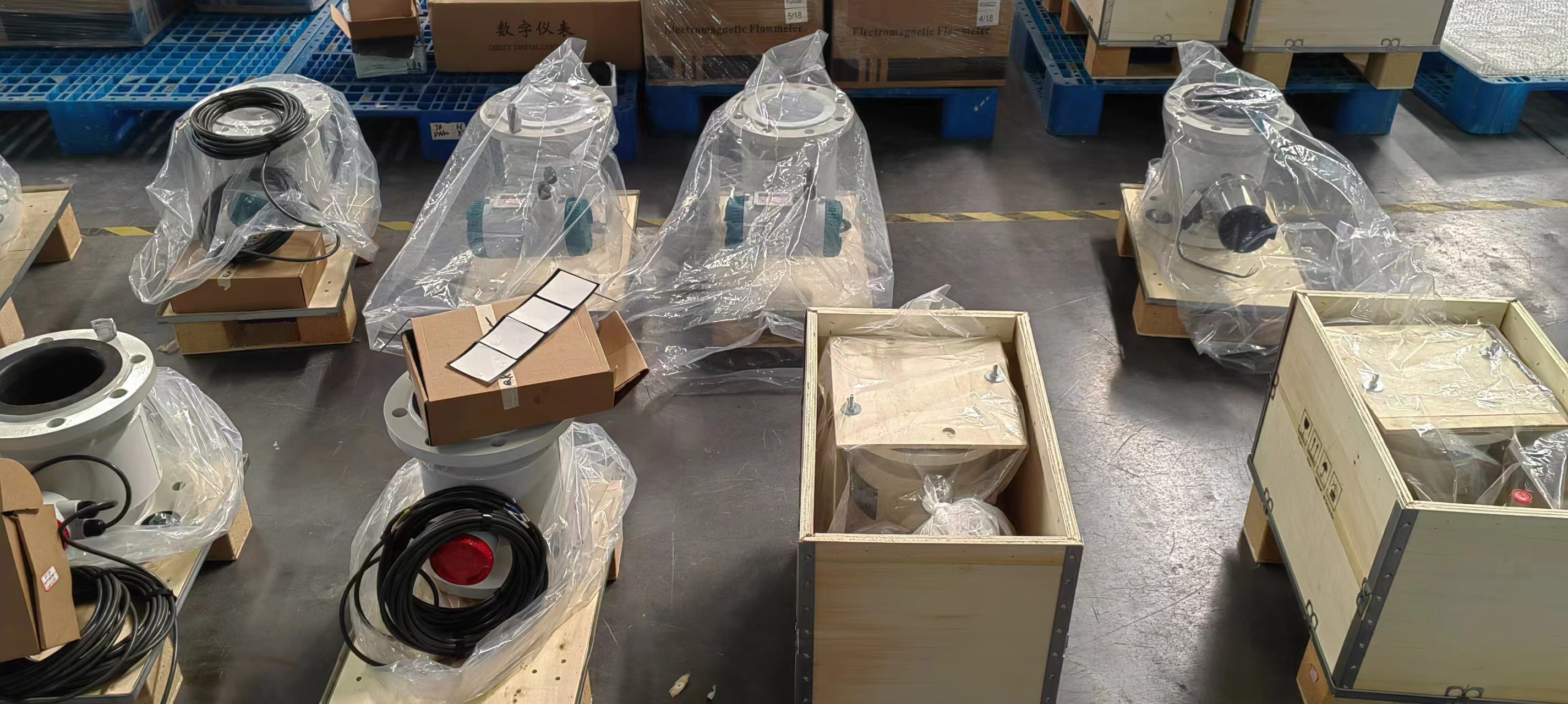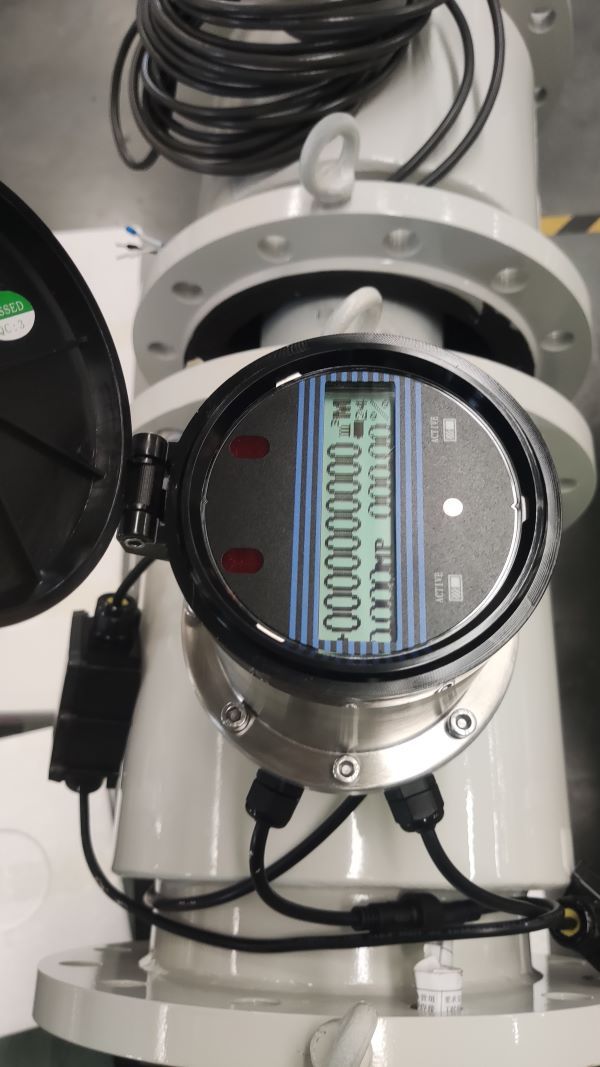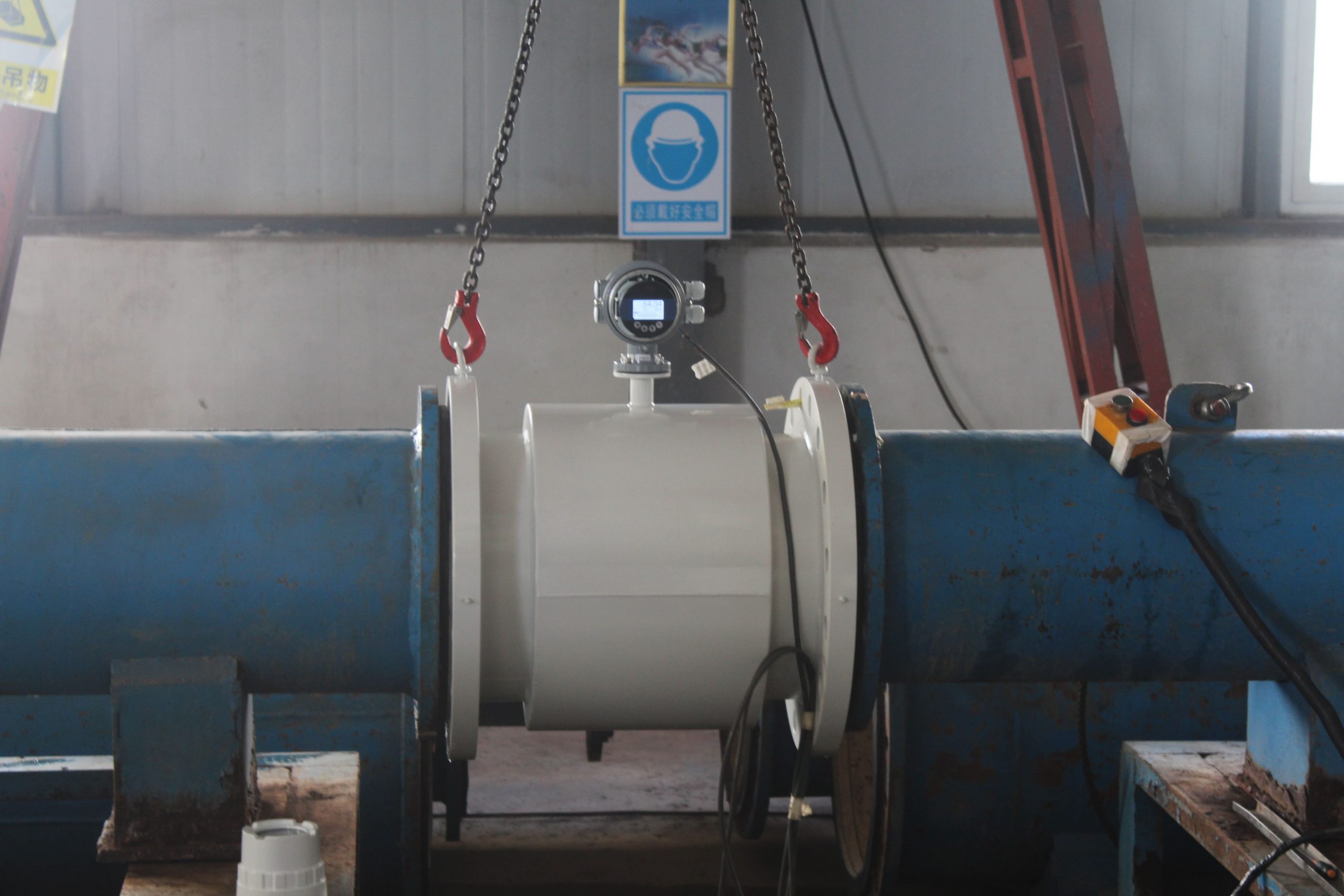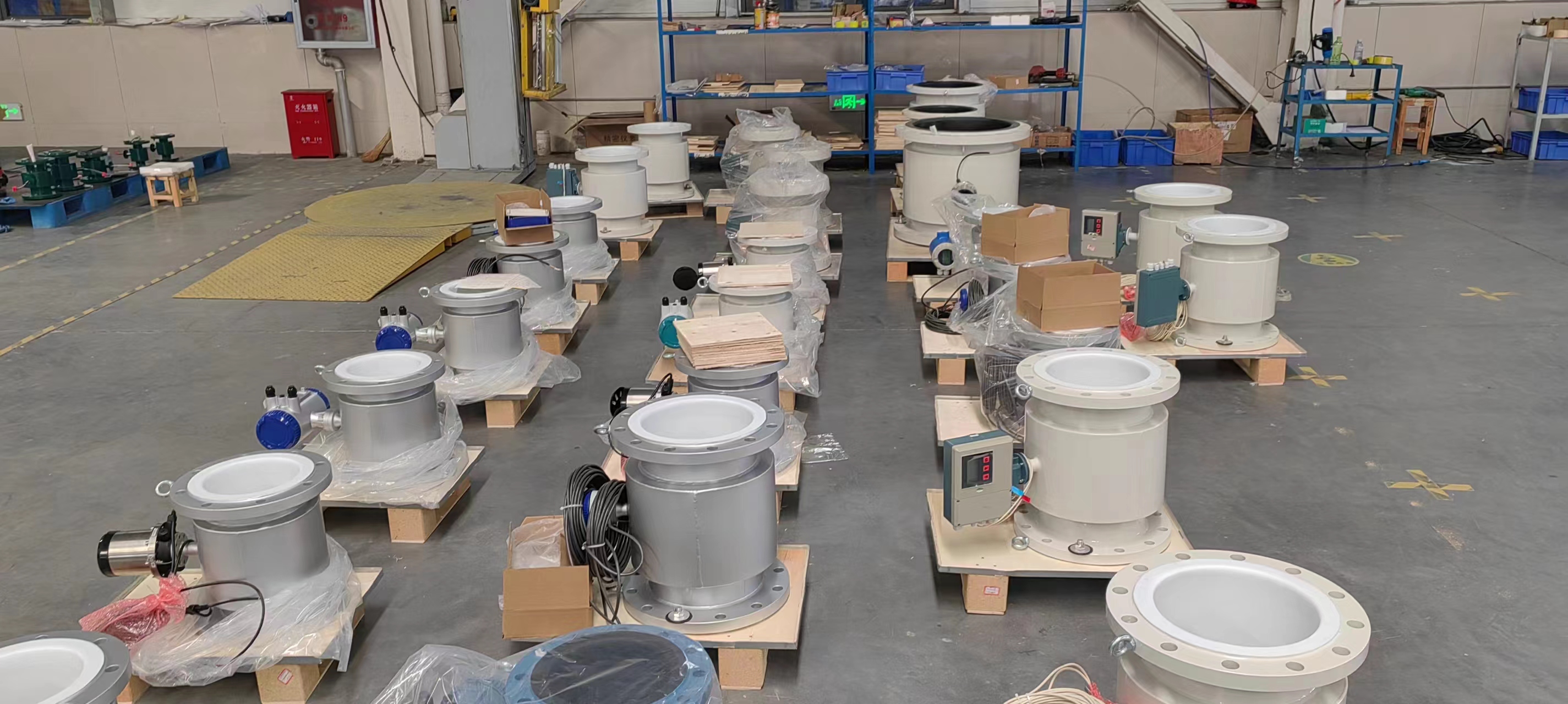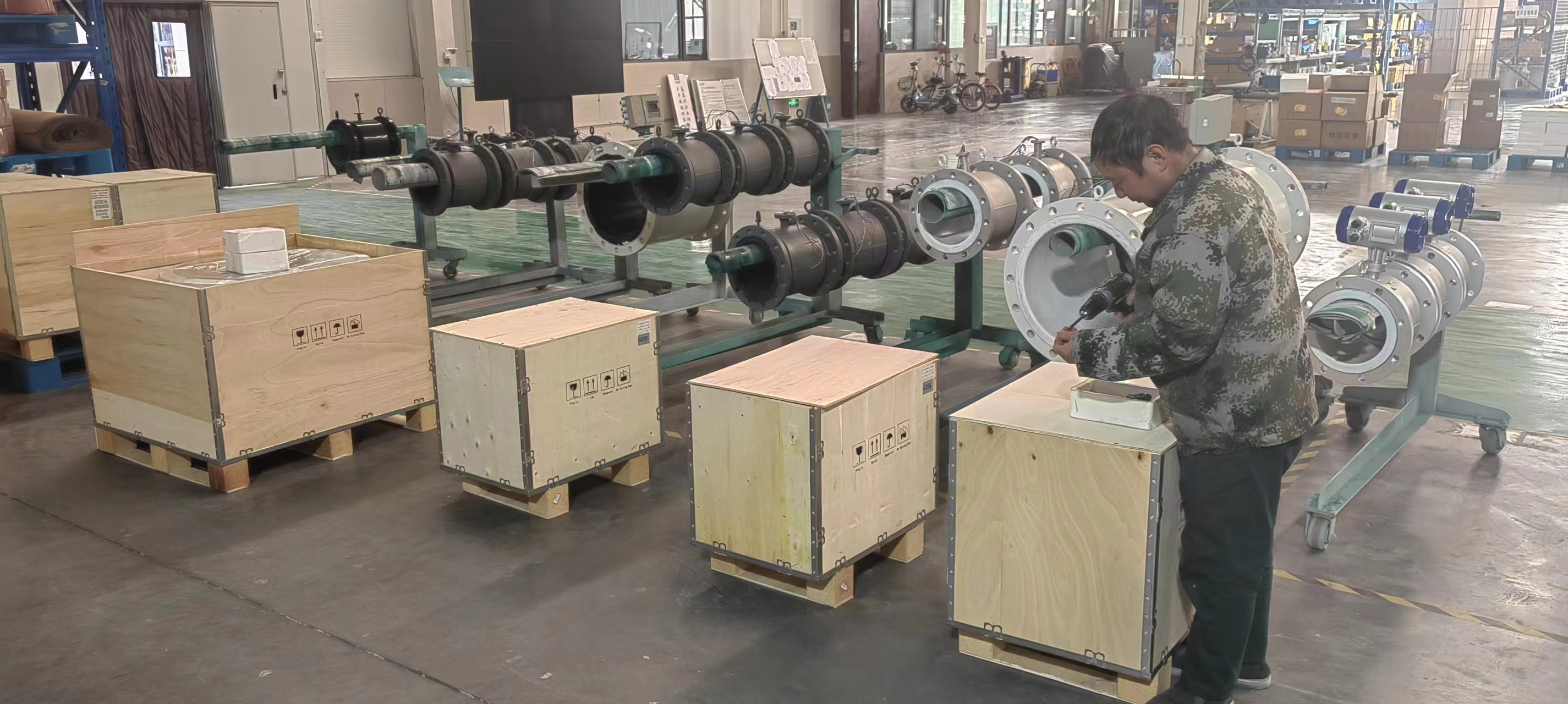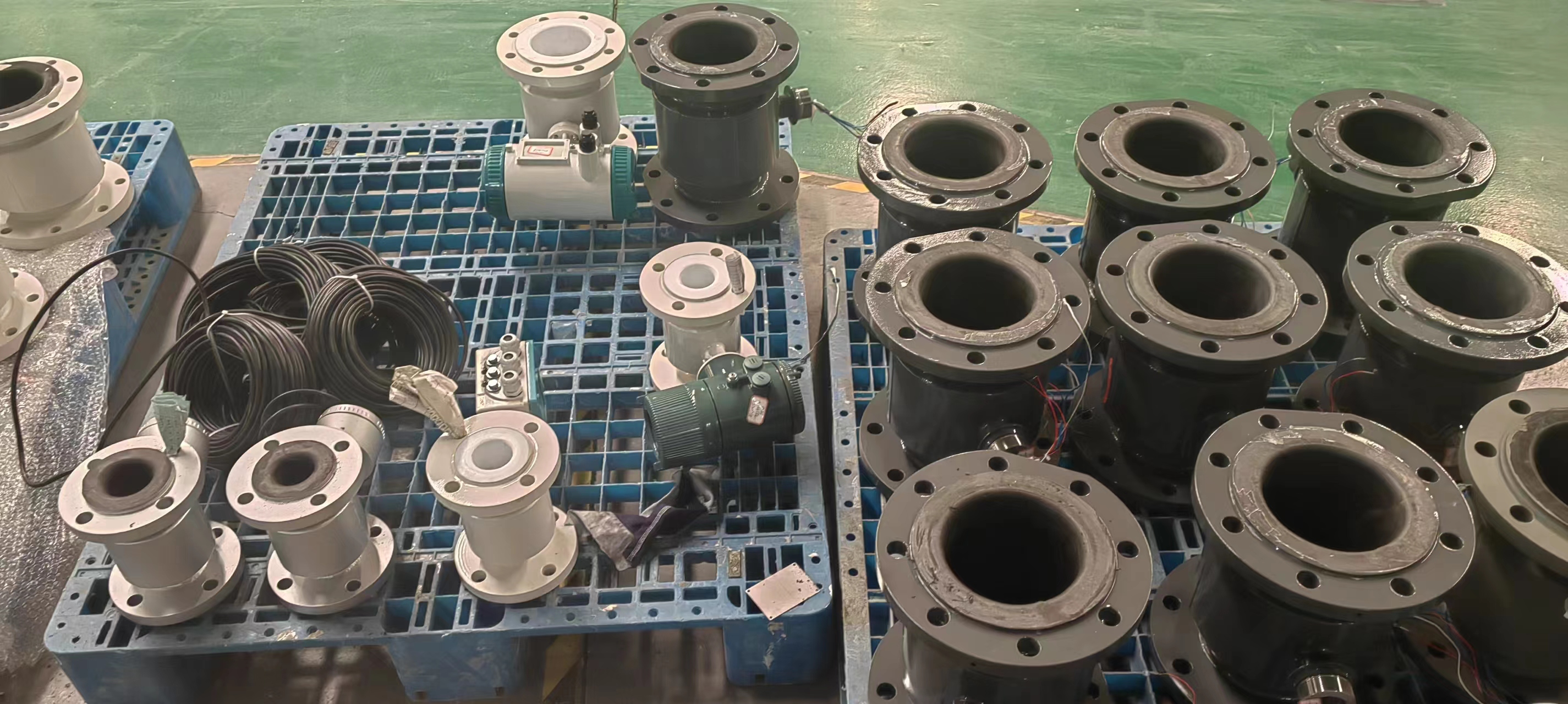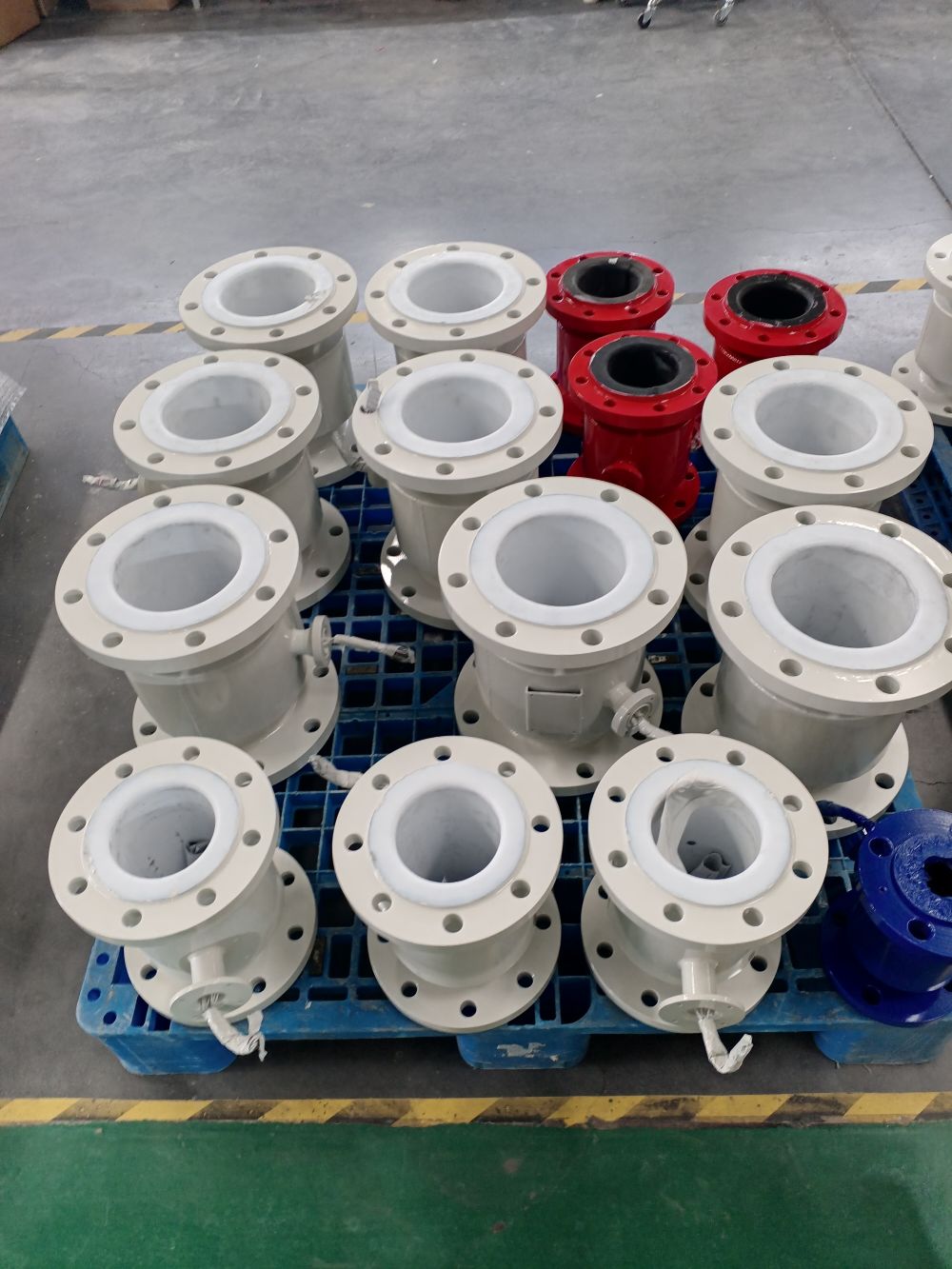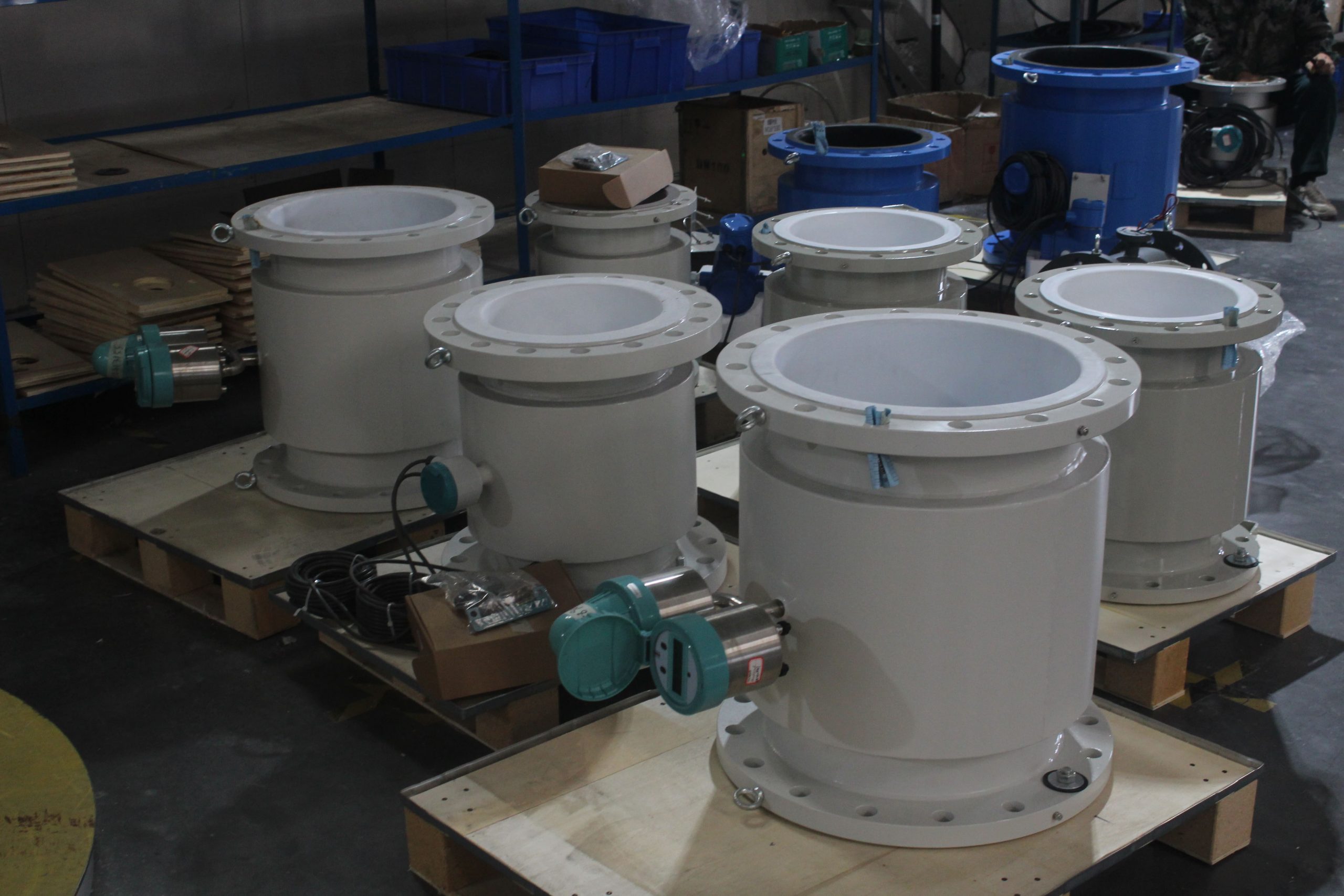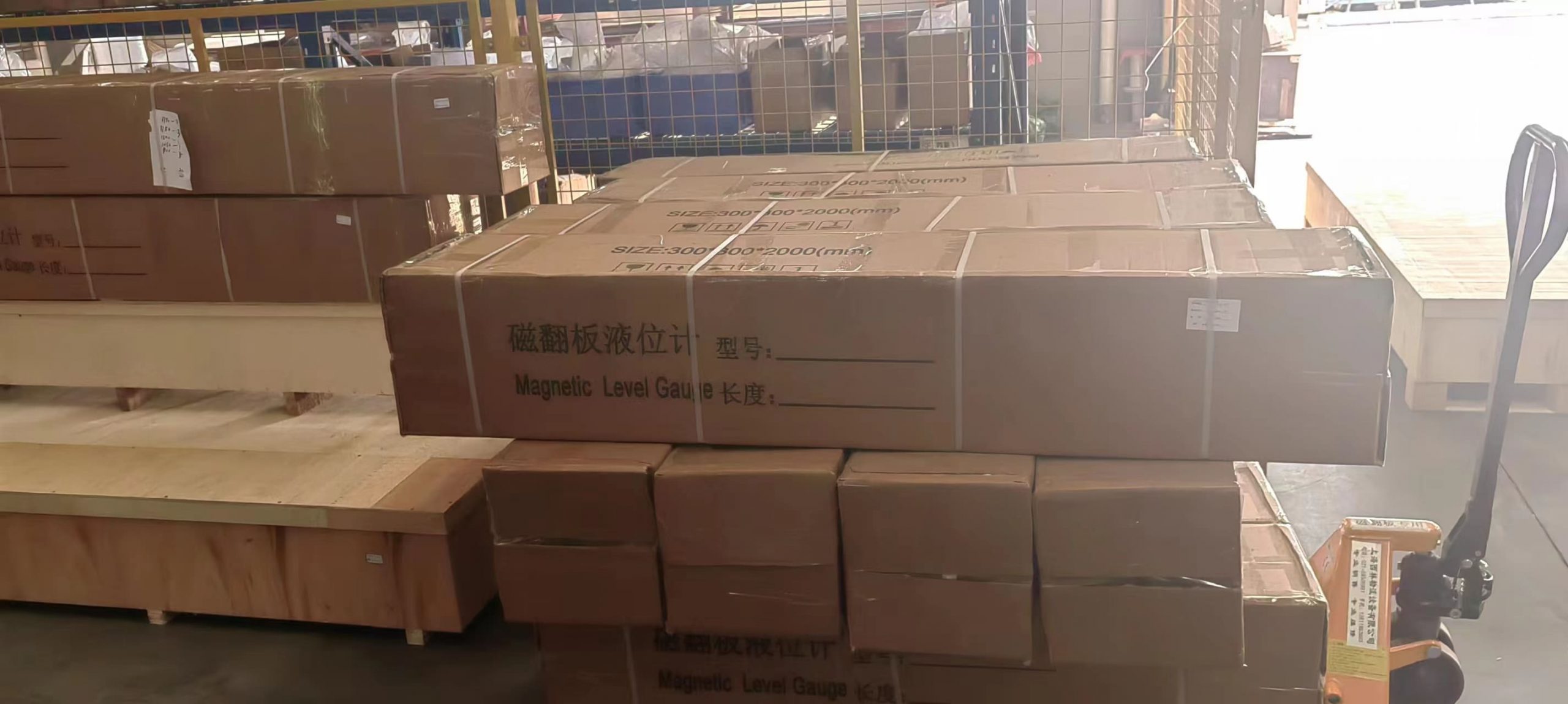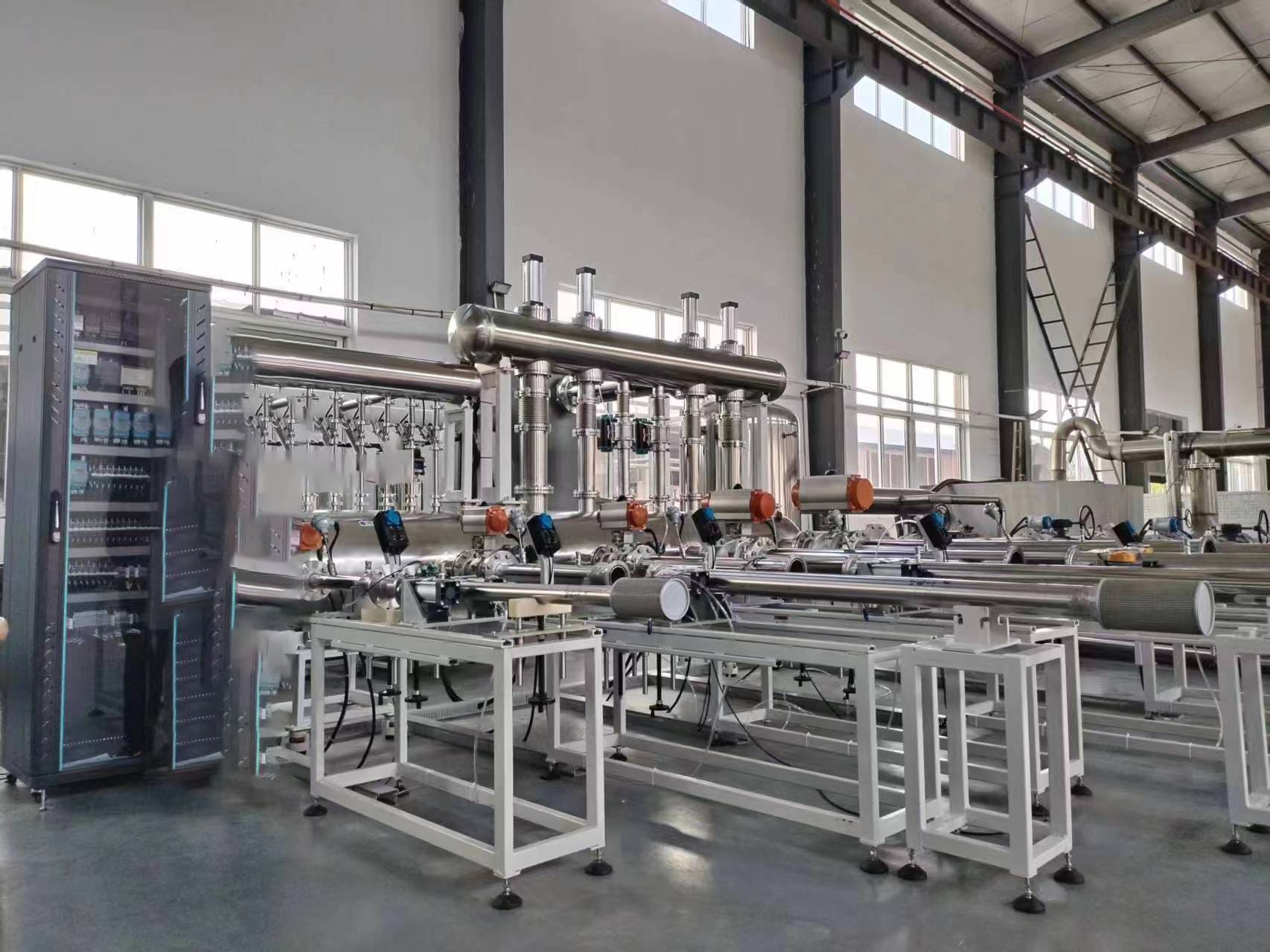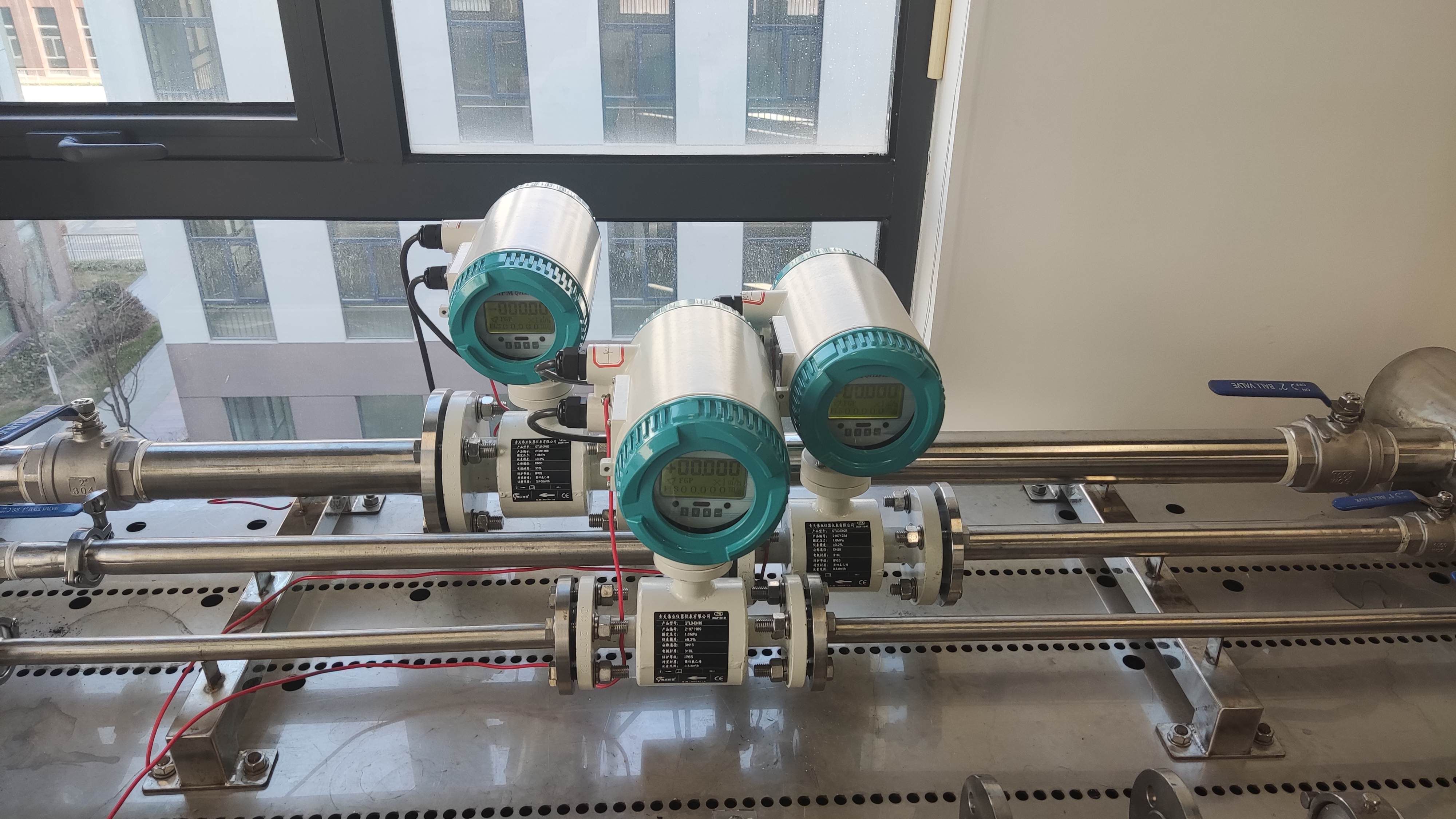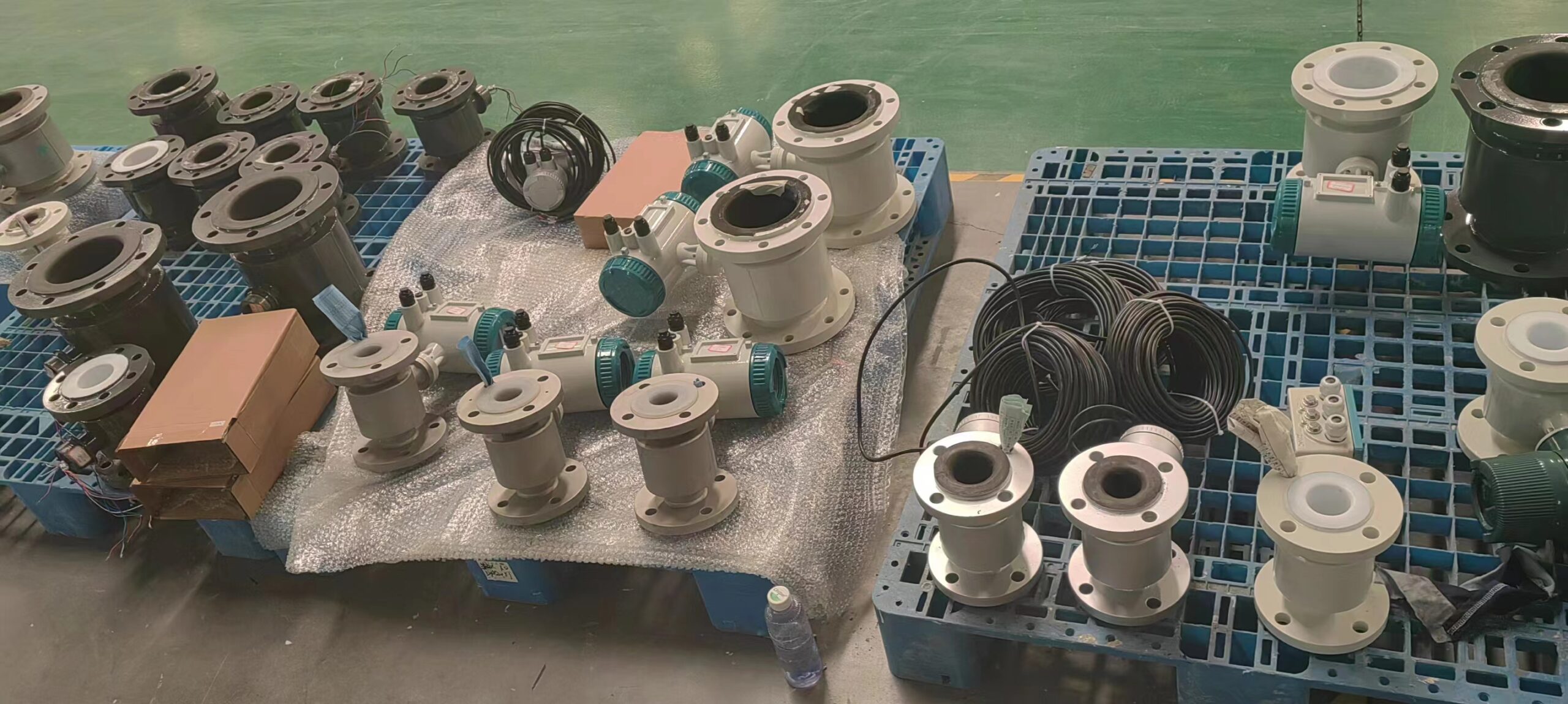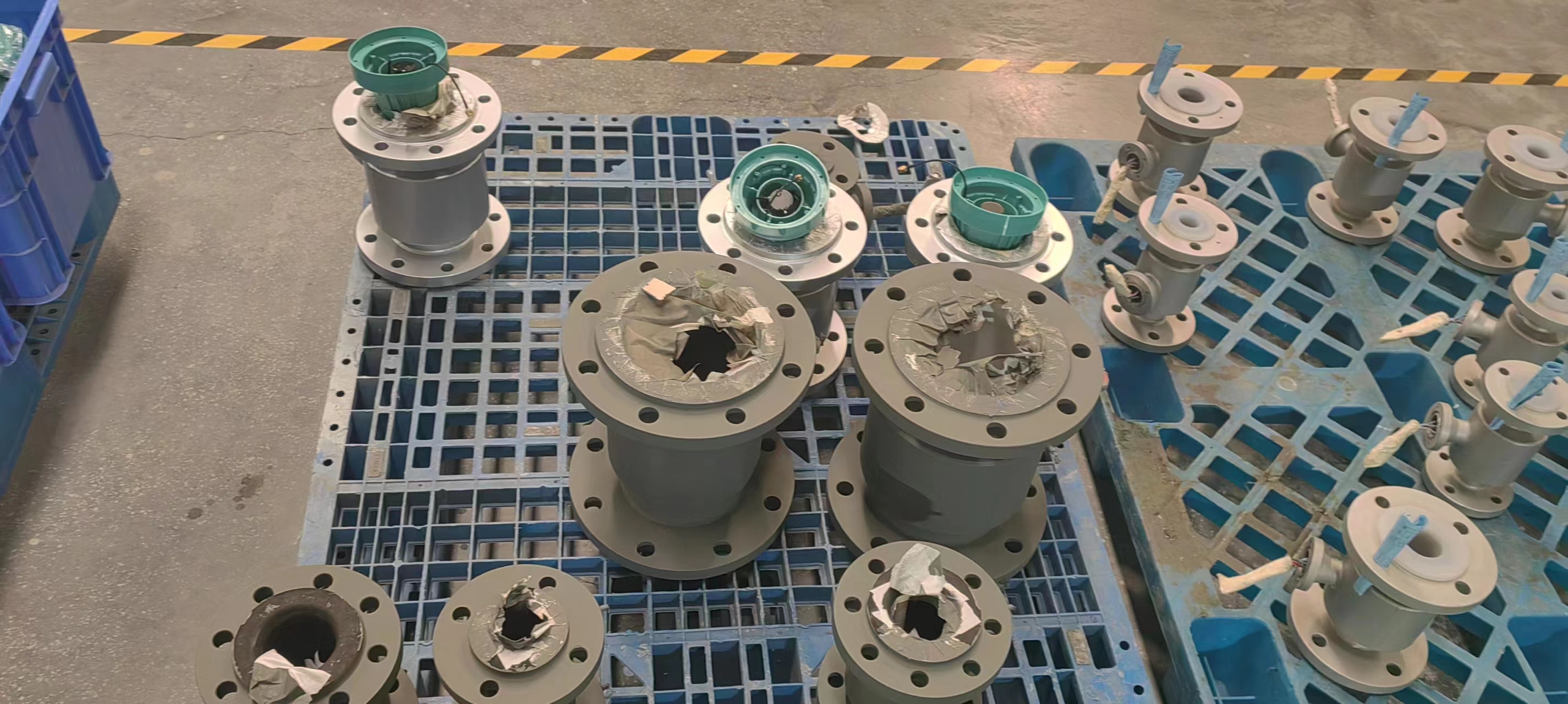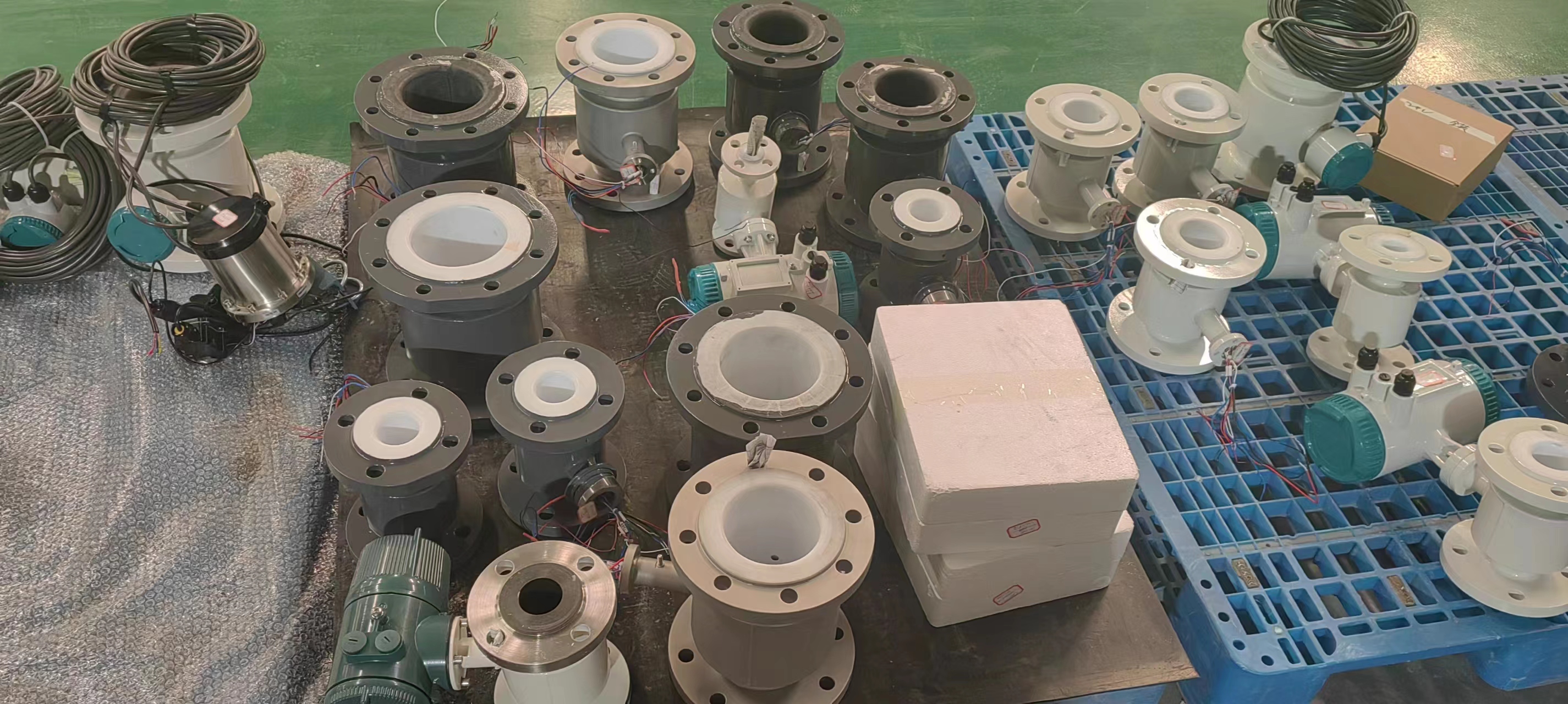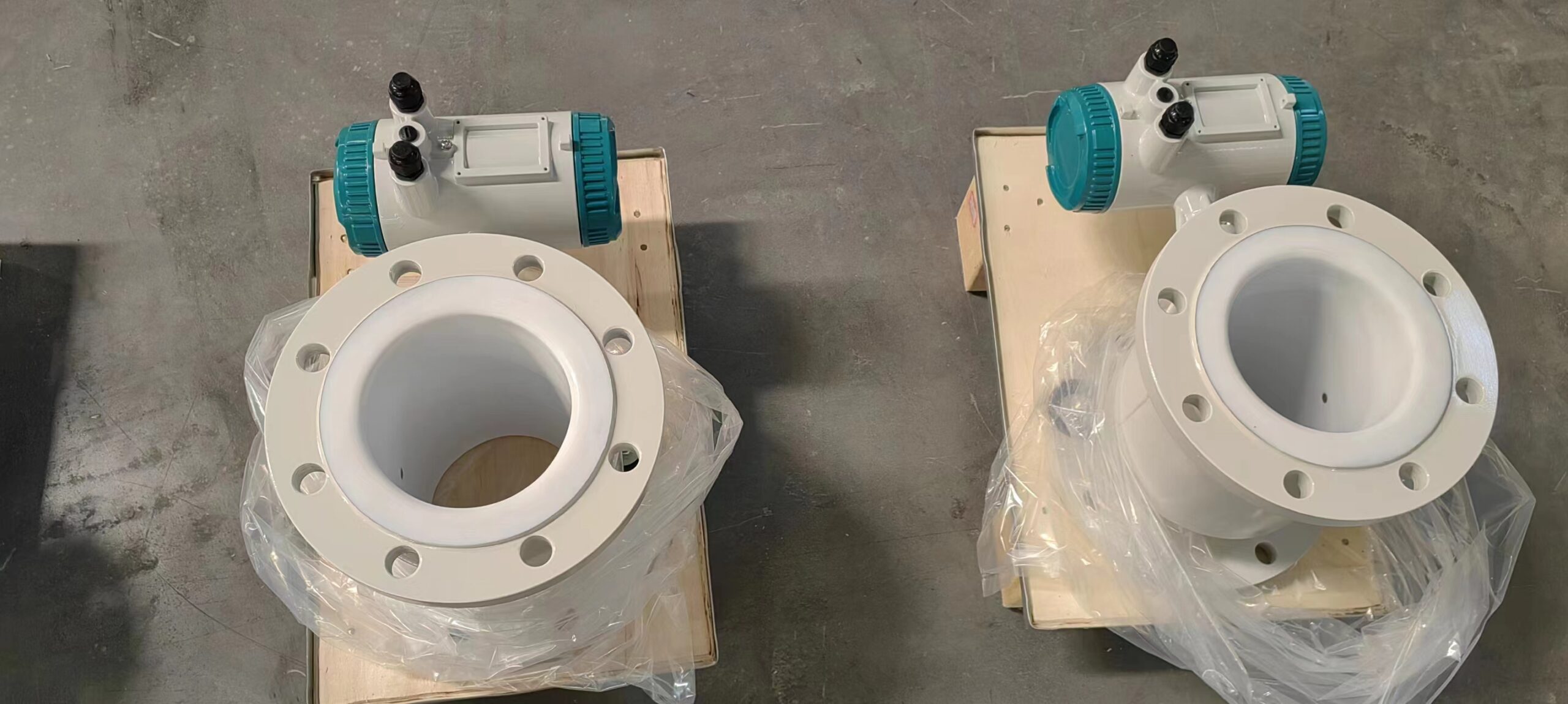What factors can cause an empty pipe alarm in an intelligent electromagnetic flowmeter?
During the operation of the intelligent electromagnetic flowmeter, the empty pipe alarm situation is often encountered. The so-called empty pipe alarm of the electromagnetic flowmeter refers to checking whether the measured liquid fills the controller’s measuring tube and detecting the cause of the empty pipe alarm.
We can short-circuit the signal input terminal of the converter and the ground point 3 with a wire. The measurement effect assumes that the empty pipe becomes full. This indicates that under the normal condition of the converter of the electromagnetic flowmeter, the reason for the defect will be the low conductivity of the measured liquid or the incorrect setting of the empty pipe threshold. In addition, if there is a problem with the electrodes of the electromagnetic flowmeter, an empty pipe alarm will also occur.
Handling methods when an electromagnetic flowmeter issues an empty pipe alarm:
1. Determine whether the liquid fills the test tube.
2. Short-circuit the converter signal at terminals SIG1, SIG2 and SIGGDN3 with a wire. At this moment, if the “empty pipe” prompt is removed, it indicates that under normal conditions of the converter, it might be due to the low conductivity of the measured liquid or the incorrect setting of the empty pipe threshold and the empty pipe range.
3. Check whether the signal lines are connected correctly;
4. Check whether the controller electrodes are in normal condition;
5. Make the total flow zero, and the conductance ratio of the survey flash should be less than 100%.
6. Under the condition of current, the resistors for measuring terminals SIG1, SIG2 and SIGGDN respectively should be less than 50kΩ.

